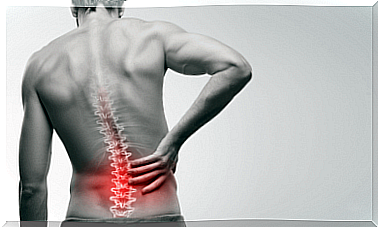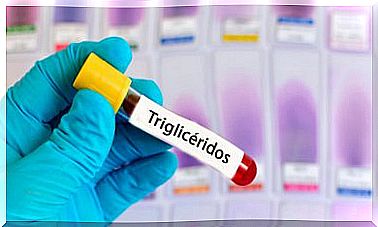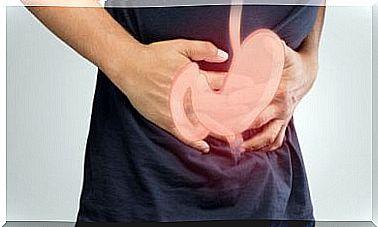How To Combat A Sun Allergy?
Although it is commonly known as an “allergy” due to the similarity of some symptoms, a sun allergy is not an allergy as such. In fact, it is spoken of “light polymorphic eruption”.
Photodermatosis is the term that encompasses all those abnormal skin reactions (inflammation, rash, redness, itching, etc.) when exposed to the sun. It usually has a higher incidence in people with light skin tones, but this does not exclude that other people sensitive to light may suffer it.
The alterations suffered by the skin from exposure to sunlight can be distinguished from sunburn as follows:
- A sunburn is a normal skin reaction to excessive sun exposure. But sun allergy, as we have mentioned, is an abnormal reaction.
- In sun allergy, it is not necessary for excessive sun exposure, in fact these reactions occur more frequently in spring and early summer, when ultraviolet radiation does not yet have the maximum levels of summer.
- Linking with the above difference, sun allergy can occur even with the use of high-ranking sunscreens. But sunburn is effectively prevented by these types of measures if used correctly.
Sun allergy usually occurs in early ages or adolescence and can be a temporary or permanent condition, this second option being the most common.
It should be noted that the lesions caused by the polymorphic light eruption can lead to serious skin problems, especially in chronic cases, so you should always contact a medical professional.
In any case, in this article we expand your knowledge about this skin alteration and we suggest a series of home remedies so that you can improve its course.
Sun allergy symptoms
Although all areas of the skin can be affected, those most exposed to the sun suffer the most, such as the face or hands. As several studies indicate, the symptoms that occur are diverse.
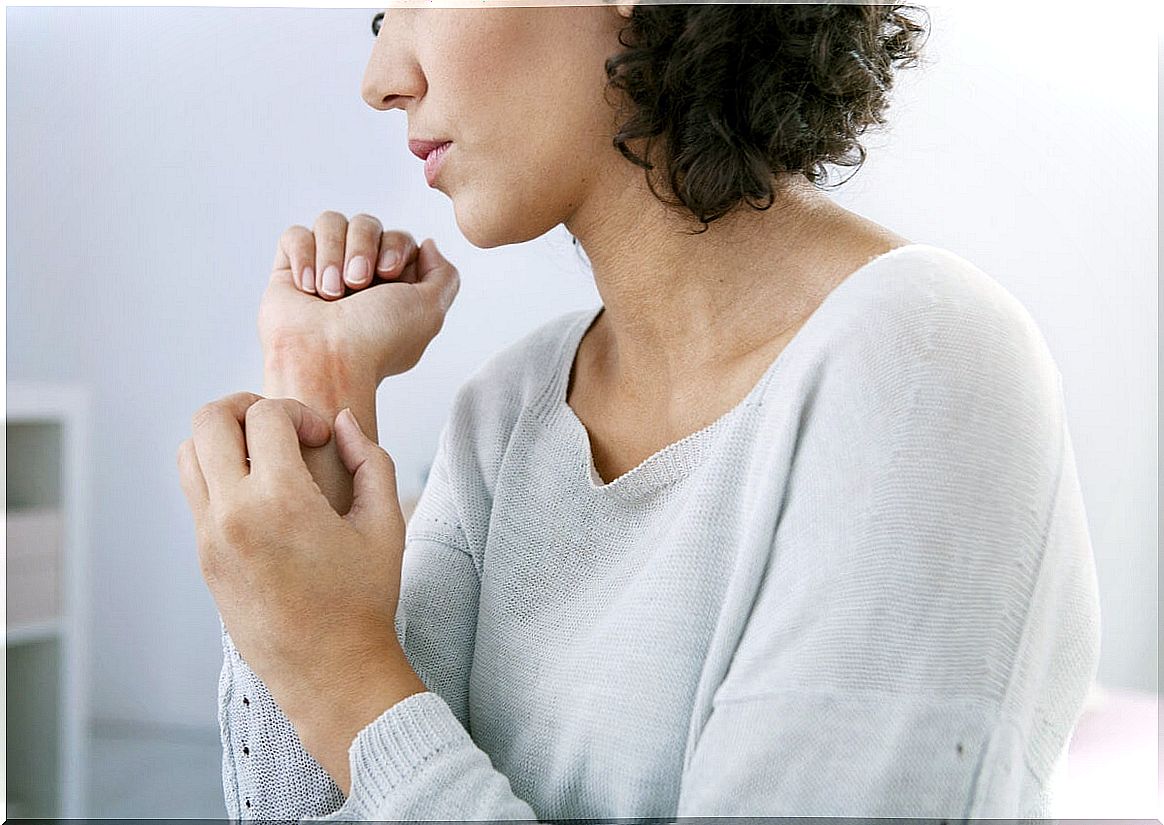
Erythema
Redness of the skin caused by vasodilation of blood vessels. In this case it would be due to exposure to the sun together with the abnormal reaction of the body of people sensitive to light.
Papules
A papule is a small lesion (less than half a centimeter) raised, generally rounded and with well-defined edges.
Urticaria
Accompanying the previous ones, urticaria may appear. An intense itching sensation accompanied by edematous lesions (like fluid inside the skin) that appear and disappear in a few hours and then change places.
Plates
Normally medium-sized thickened lesions. They have an inflammatory appearance and their sizes range between 1 and 30 centimeters. They occur in superficial layers of the skin.
Ulcers
These types of injuries are more serious. They are deep (affect even the lower layers of the skin) and heal leaving scars.
Possible causes of sun allergy
The cause of sun allergy as such is unknown. However, there are several hypotheses that could explain it.
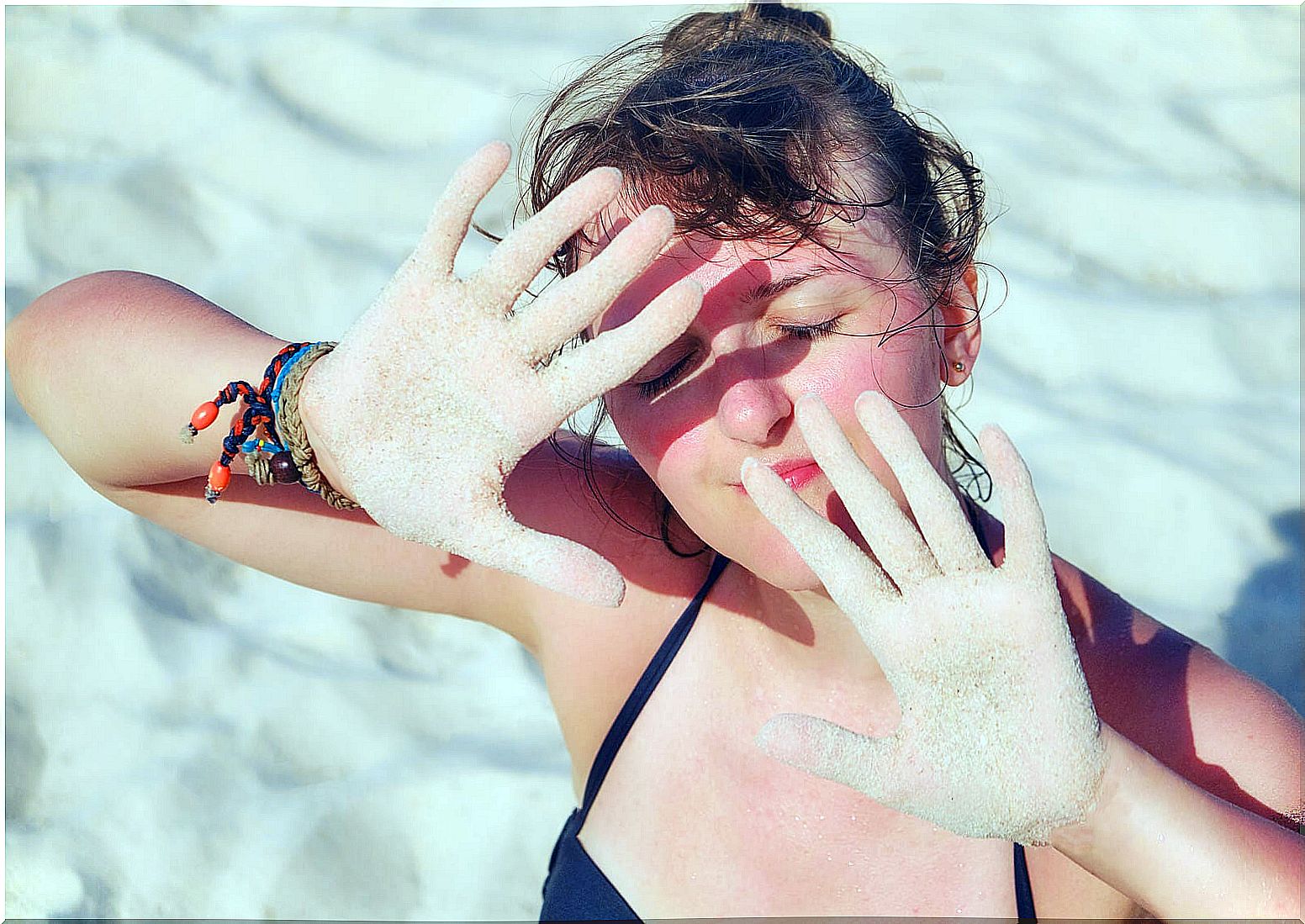
1. UVA and UVB rays
It is known that 75% of the cases of allergy to the sun are due to exposure to UVA rays. 10% would be due to UVB rays and the rest to a combination of both.
2. Immune reaction
One theory proposes that when exposed to the sun there is an immune reaction caused by receptors that are especially sensitive to light in the skin. The reaction manifests itself in the form of the aforementioned lesions.
3. Increase in free radicals
Another hypothesis explains that there is an imbalance between antioxidants and oxidants in the skin. The latter, which are harmful to health in many ways more than the skin, would increase greatly with sun exposure. This determines that the skin cells manufacture a large amount of free radicals, substances that are harmful to the cell.
To eliminate them, the inflammation process is stimulated and this would lead to the symptoms that we have mentioned. All this occurs much faster if people are also allergic to the sun and are deficient in vitamins A, E, or C.
Diagnosis
Before the appearance of changes in the skin after sun exposure, it is necessary to consult a medical professional. Although we have explained how to differentiate a sun allergy from a sunburn, the latter also require specific treatment.
Not to mention that there are other events that can alter the skin in similar ways such as insect bites or allergic dermatitis. The treatments for any of these disorders are completely different from those for sun allergy.
Prevention and treatment
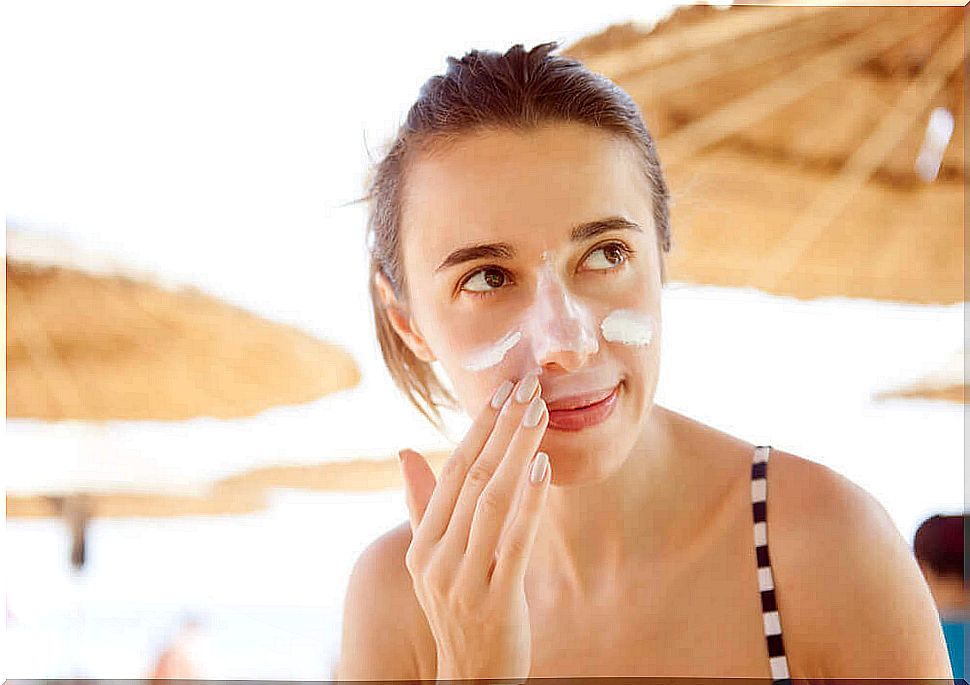
The drugs most commonly prescribed by medical professionals are those that are also applied in allergies. These are corticosteroids and antihistamines.
These medications alleviate the symptoms of sun allergy, however to eradicate it and prevent it from recurring, the best are a series of preventive measures that we ourselves can perform:
- Avoid the causative agent (the sun) as much as possible. If it is necessary to expose oneself we will use hats, clothes and suitable sunscreen.
- Avoid using perfumes, deodorants and cosmetics when sunbathing.
- Consuming antioxidants and omega-3 oil is beneficial to avoid sun allergy symptoms.
In some cases, medical specialists advise phototherapy as a preventive measure, which consists of gradually exposing the patient to the sun’s rays. It is achieved with specialized machines that regulate the amount of UVA and UVB rays.
This measure cannot be applied without specialized equipment or without specialist supervision, and is therefore not included among the previous measures.
If your doctor has confirmed that you suffer from a “sun allergy” it is advisable that you avoid exposing yourself to the sun during the hours of greatest radiation (between 10:00 am and 4:00 pm), use daily protection and appropriate clothing and continue the rest of the recommendations that the professional has given you.
